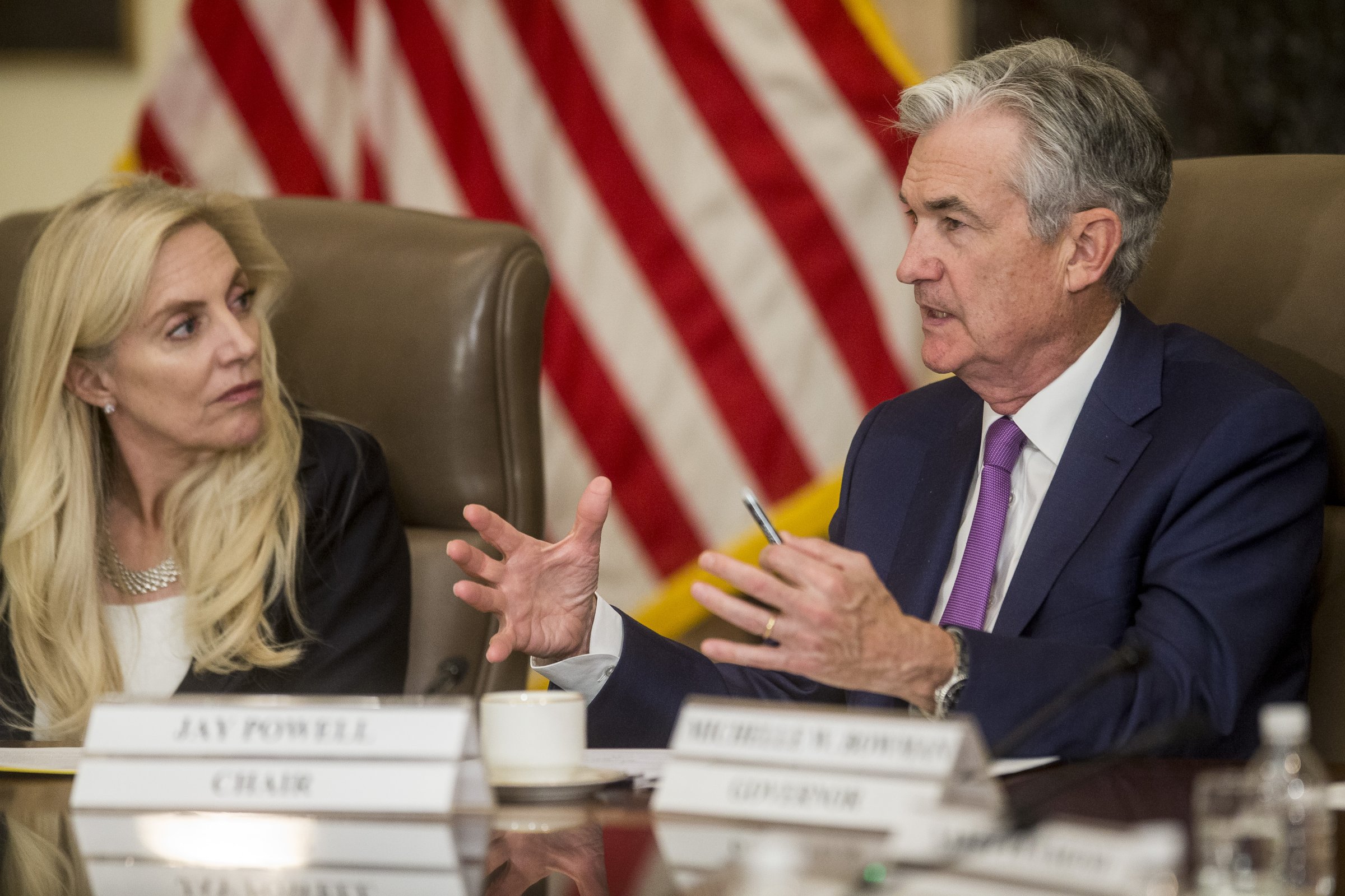
President Biden’s decision on whether to replace Jerome Powell as chair of the Federal Reserve Board is coming down to the wire. The Board’s only known Democrat, Lael Brainard has emerged as Powell’s No. 1 challenger. Powell’s term expires in February, but nature—and financial planners—abhor a vacuum, so the announcement on who President Biden will nominate is said to be imminent. Progressives are hoping for Brainard, while the steady-as-she-goes folks, who in this case include Treasury Secretary Janet Yellen, are happy to stick with Powell.
On many issues, the two economists have similar views. They both would like to see inflation at about 2%. (It’s currently at 6.2%, a 30-year high.) They both would like to see more Americans with jobs. (Current unemployment rate is 4.6%, which is within the range the Fed considers acceptable, but there are labor shortages.) Both of them seem willing to wait inflation out, rather than raising interest rates, which is the central bank’s usual tool of choice for keeping it in check. But from their public statements, they seem to disagree on how much the Fed can—or should—do to address a longer term economic issue plaguing the U.S.: massive wealth disparities.
Brainard has voted against more than 20 changes to bank regulations made by the Fed since 2018, but neither of them are big fans of the demise of the middle of class and the vast spread between the incomes of corporate bosses and employees. Powell calls wealth inequality “a drag on the economy,” and says that stagnating incomes and low mobility are issues he is particularly concerned about. But in February, he told Elizabeth Warren that “we [at the Fed] can’t affect wealth inequality in the short term.” Besides encouraging “job creation at the lower end of the market,” Powell believes that the Fed has very few tools to deal with the widening gap between the top and bottom earners.
Brainard’s focus on inequality seems more urgent. As early as 2017, she had given several speeches sounding the alarm about the dangers of imbalanced wealth and income growth. At the Federal Reserve System Community Development Research Conference in 2019, she questioned “whether middle-class living standards are within reach for middle-income Americans in today’s economy,” adding that “the average wealth of the top income decile is now 13 times higher than that of the middle-income group, while it was seven times higher in 1989,” and the gap was increasing.
Read More: The Fed Focuses on Inequality, Low-Wage Workers As U.S. Economy Strengthens
In contrast to Powell, Brainard seems to believe wealth inequality is something the Fed should be factoring into its decisions. “Monetary policy aims to influence employment and inflation over the business cycle,” she said at the research conference. “But the distribution of income and wealth may have important implications for macroeconomic developments, such as the evolution of consumption, which is the single biggest engine of growth in our economy. That is why the Federal Reserve has a significant interest in understanding distributional developments and their implications.”
Similarly, Brainard seems to have taken a hand in the refashioning of the Community Reinvestment Act (CRA), which aims to encourage—or force—banks to extend their services to a wider range of customers, especially those in low income and minority communities. Along with fellow Fed governor Michelle “Miki” Bowman, she met with a large group of financial institutions that serve minority populations to discuss the challenges and responses to COVID-19 in May 2020. “We must ensure that the CRA is a strong and effective tool to address ongoing systemic inequities in access to credit and financial services for low and middle income and minority individuals and communities,” she said in September last year.
Without access to loans, people cannot buy houses, which have become an increasingly important wealth generation vehicle. They cannot borrow money for higher education, which limits their advancement into higher paying careers, and they cannot raise capital to invest in a business, which often leaves them dependent on usurious credit card debt to build or expand any enterprise. Those are all ways in which well-regulated banks can help build wealth. And Brainard seems to be eager to help provide regulatory framework to coax banks to step up. “The CRA prompts banks to be not only more active lenders in low and middle income areas,” she said, “but also important participants in broader efforts to revitalize communities across the country.”
Biden’s meeting with Brainard is said to have gone well. If a more equal distribution of wealth in the U.S. is one of his key goals, appointing Brainard may be worth the disruption of a leadership change during a period of economic turbulence.
More Must-Reads from TIME
- Donald Trump Is TIME's 2024 Person of the Year
- Why We Chose Trump as Person of the Year
- Is Intermittent Fasting Good or Bad for You?
- The 100 Must-Read Books of 2024
- The 20 Best Christmas TV Episodes
- Column: If Optimism Feels Ridiculous Now, Try Hope
- The Future of Climate Action Is Trade Policy
- Merle Bombardieri Is Helping People Make the Baby Decision
Contact us at letters@time.com